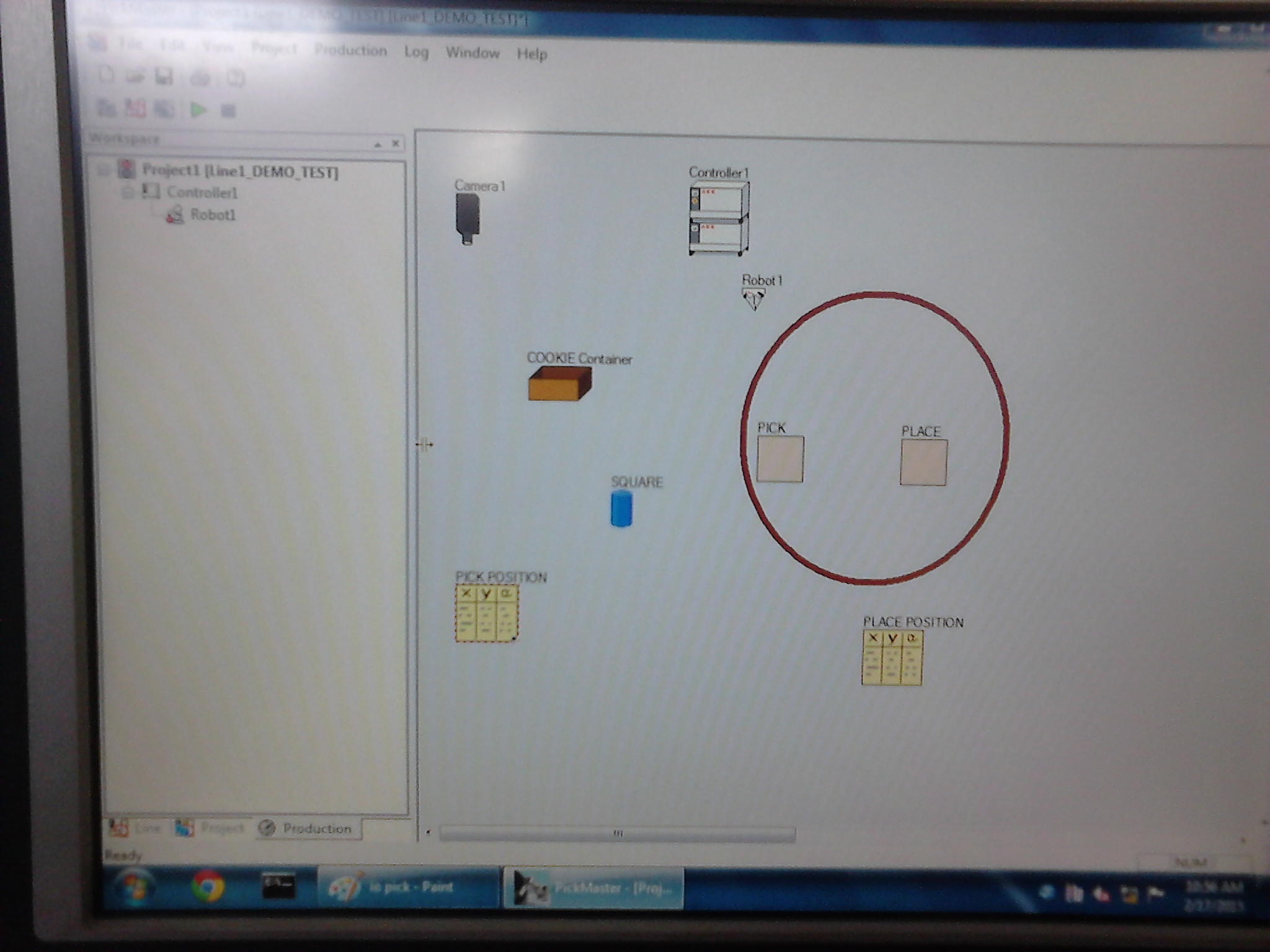

Robot simulation answers many questions that rise during this transition from traditional process to robotics process. Demand”, “Cutting edge process for higher efficiency & superior accuracy” have made engineers also turn towards industrial robots.

In this age of automation, as process automation experts, we have observed the importance of industrial robots in various industries and the challenges such “High supply vs. The complexity of simulation further increases when the process demands higher efficiency. A simulation engineer must imagine the entire process of operations and build a virtual world that imitates the actual scenario. Building simulations is a lucrative and yet a challenging skill where imagination plays a paramount role. This course has been designed to equip the engineers with “Simulation Skill. This example only uses a single arm.Interested in building real time industrial robot applications, then this course is for you.!!! The robot is an industrial manipulator with two arms.

Once the task scheduling is complete, the focus of the model is shifted to controller design and system verification, which requires more complex system dynamics models. This block simulates the manipulator motion given joint-space reference trajectories under a stable controller with predefined response parameters. For this portion, a straightforward model that simulates quickly is desirable, so the system dynamics are modeled using the Joint Space Motion Model block. The system dynamics can be modeled with different levels of fidelity, depending on the aim of the overall model.įor this example, during the task scheduler design, the aim is to ensure the scheduler behaves correctly under the assumption that the robot is under stable motion control.

This defines how the robot moves given a set of reference trajectories and a boolean gripper command (open or closed). The system dynamics portion models the robot behavior. This includes the robot configuration state at any instant, what the goal position is, whether the gripper should be open or closed, and the current trajectory being sent to the robot. The task scheduling and trajectory generation portion defines how the robot traverses through the states.


 0 kommentar(er)
0 kommentar(er)
